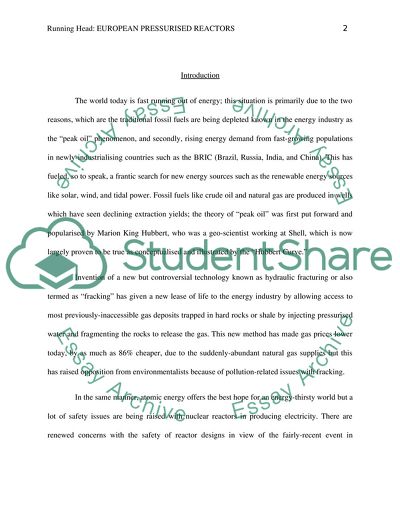Cite this document
(Radiological Impact of Routine Discharges Report Example | Topics and Well Written Essays - 2500 words, n.d.)
Radiological Impact of Routine Discharges Report Example | Topics and Well Written Essays - 2500 words. https://studentshare.org/physics/1804459-the-radiological-impact-of-routine-discharges-from-a-generic-european-pressurised-reactor-epr
Radiological Impact of Routine Discharges Report Example | Topics and Well Written Essays - 2500 words. https://studentshare.org/physics/1804459-the-radiological-impact-of-routine-discharges-from-a-generic-european-pressurised-reactor-epr
(Radiological Impact of Routine Discharges Report Example | Topics and Well Written Essays - 2500 Words)
Radiological Impact of Routine Discharges Report Example | Topics and Well Written Essays - 2500 Words. https://studentshare.org/physics/1804459-the-radiological-impact-of-routine-discharges-from-a-generic-european-pressurised-reactor-epr.
Radiological Impact of Routine Discharges Report Example | Topics and Well Written Essays - 2500 Words. https://studentshare.org/physics/1804459-the-radiological-impact-of-routine-discharges-from-a-generic-european-pressurised-reactor-epr.
“Radiological Impact of Routine Discharges Report Example | Topics and Well Written Essays - 2500 Words”. https://studentshare.org/physics/1804459-the-radiological-impact-of-routine-discharges-from-a-generic-european-pressurised-reactor-epr.


